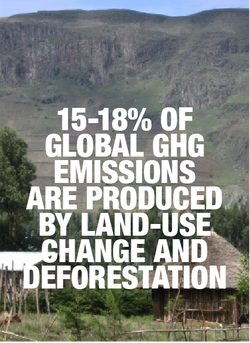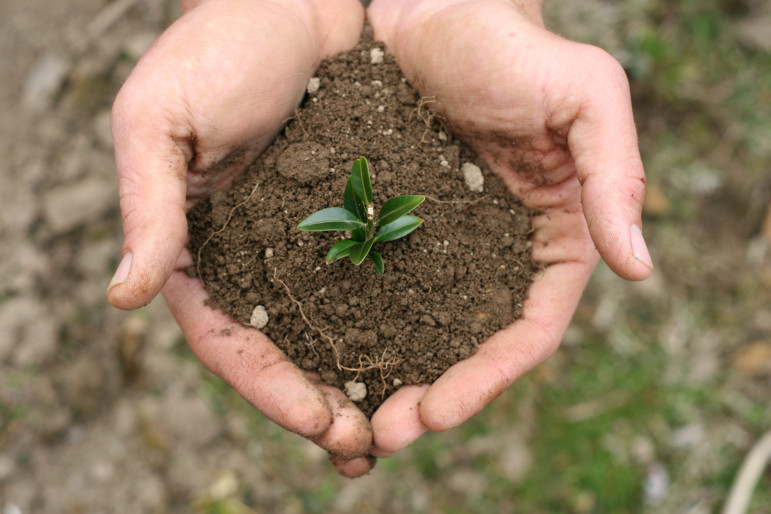Meet the ‘Regenerators’
Ronnie Cummins of the Organic Consumers Association and Dr. Vandana Shiva of Navdanya, discuss how the newly formed Regeneration International Communication Network will help to promote the benefits of regenerative organic agriculture and counter the growing global push for industrial agriculture based on GMOs and the increased use of toxic pesticides and fertilizers.
Ronnie Cummins:
The governments and large businesses of world are failing to solve the climate crisis, failing to solve the crisis of poverty, the crisis of environmental degradation, the crisis of values and ethics. If governments and corporations can’t solve the problem, we the people are going to have to solve the problem.
Vandana Shiva:
What we are talking about, is regenerating a new democracy, regenerating new economies, regenerating agriculture which is at the heart of the problem, but can be heart of solution. Everyone eats, most people in world are farmers, so this is an invitation to everyone to join. Everyone loves freedom, rather than being controlled by fraudulent and criminal corporations.
[embedyt] https://www.youtube.com/watch?v=6FslSyYMXvE[/embedyt]


